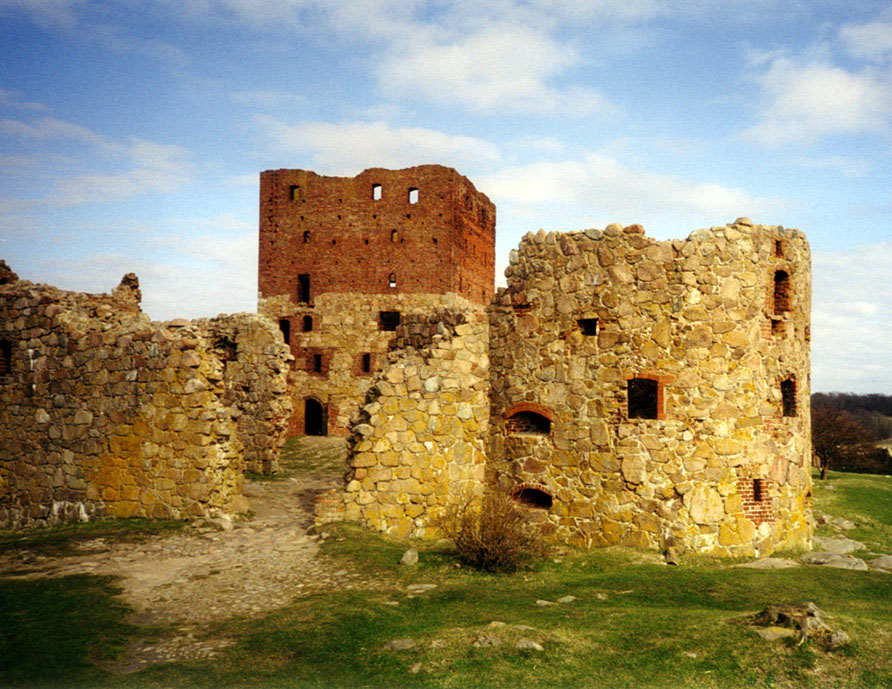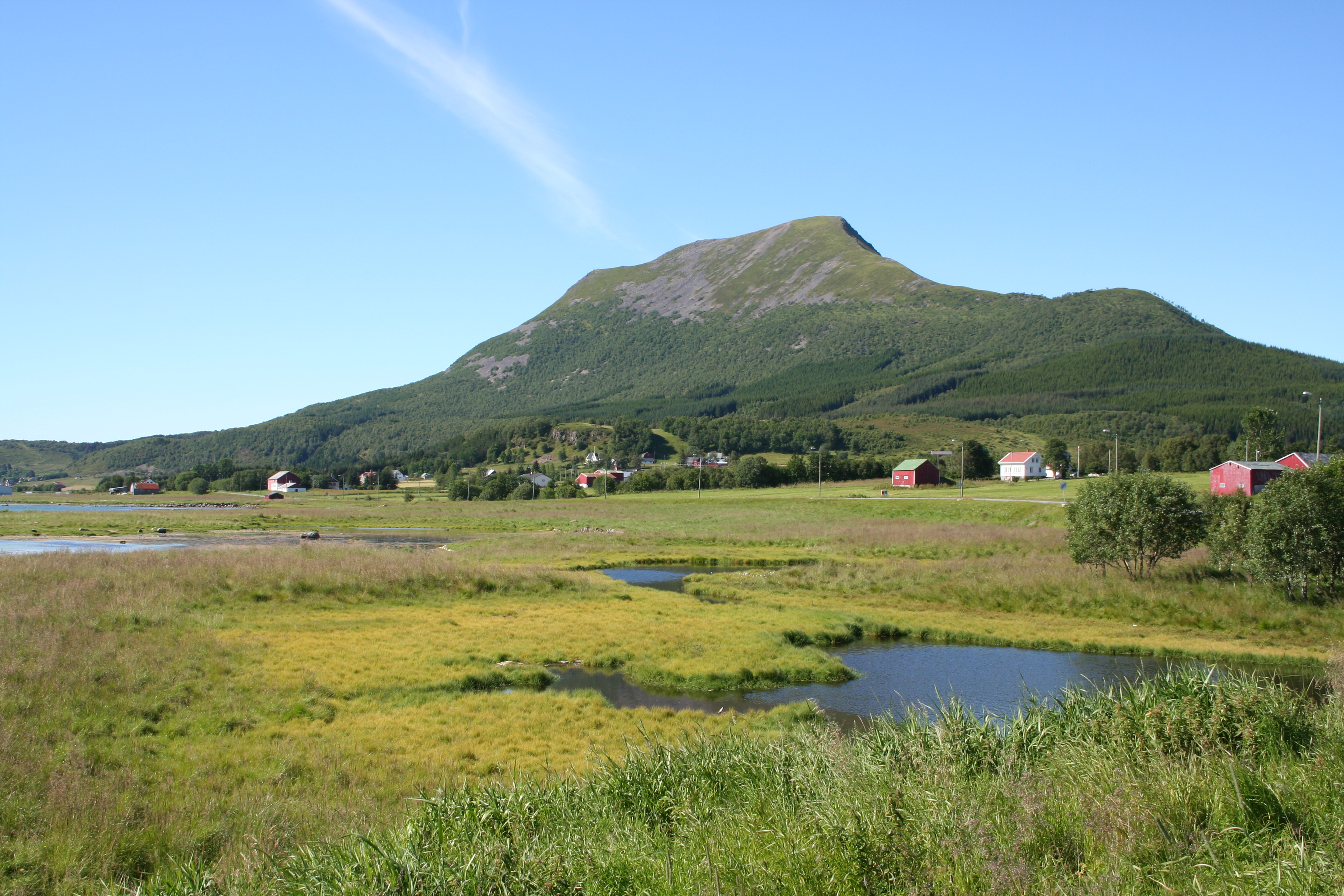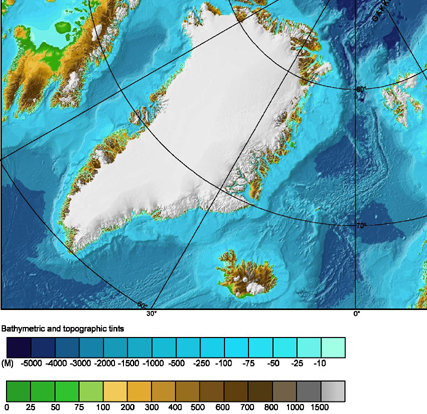|
15th Meridian East
The meridian 15° east of Greenwich is a line of longitude that extends from the North Pole across the Arctic Ocean, Europe, Africa, the Atlantic Ocean, the Southern Ocean, and Antarctica to the South Pole. The 15th meridian east forms a great circle with the 165th meridian west. The meridian is the central axis of time zones with the UTC+01:00 offset, including Central European Time and West Africa Time. From Pole to Pole Starting at the North Pole and heading south to the South Pole, the 15th meridian east passes through: : References See also * 14th meridian east *16th meridian east The meridian 16° east of Greenwich is a line of longitude that extends from the North Pole across the Arctic Ocean, Europe, Africa, the Atlantic Ocean, the Southern Ocean, and Antarctica to the South Pole. The 16th meridian east forms a grea ... {{geographical coordinates, state=collapsed e015th meridian east ... [...More Info...] [...Related Items...] OR: [Wikipedia] [Google] [Baidu] |
Prime Meridian
A prime meridian is an arbitrary meridian (a line of longitude) in a geographic coordinate system at which longitude is defined to be 0°. Together, a prime meridian and its anti-meridian (the 180th meridian in a 360°-system) form a great circle. This great circle divides a spheroid, like the Earth, into two hemispheres: the Eastern Hemisphere and the Western Hemisphere (for an east-west notational system). For Earth's prime meridian, various conventions have been used or advocated in different regions throughout history. The Earth's current international standard prime meridian is the IERS Reference Meridian. It is derived, but differs slightly, from the Greenwich Meridian, the previous standard. A prime meridian for a planetary body not tidally locked (or at least not in synchronous rotation) is entirely arbitrary, unlike an equator, which is determined by the axis of rotation. However, for celestial objects that are tidally locked (more specifically, synchronous ... [...More Info...] [...Related Items...] OR: [Wikipedia] [Google] [Baidu] |
Central European Time
Central European Time (CET) is a standard time which is 1 hour ahead of Coordinated Universal Time (UTC). The time offset from UTC can be written as UTC+01:00. It is used in most parts of Europe and in a few North African countries. CET is also known as Middle European Time (MET, German: MEZ) and by colloquial names such as Amsterdam Time, Berlin Time, Brussels Time, Madrid Time, Paris Time, Rome Time, Warsaw Time or even Romance Standard Time (RST). The 15th meridian east is the central axis for UTC+01:00 in the world system of time zones. As of 2011, all member states of the European Union observe summer time (daylight saving time), from the last Sunday in March to the last Sunday in October. States within the CET area switch to Central European Summer Time (CEST, UTC+02:00) for the summer. In Africa, UTC+01:00 is called West Africa Time (WAT), where it is used by several countries, year round. Algeria, Morocco, and Tunisia also refer to it as ''Central E ... [...More Info...] [...Related Items...] OR: [Wikipedia] [Google] [Baidu] |
Rothenburg, Oberlausitz
Rothenburg/Oberlausitz (Upper Sorbian ''Rózbork'') is a small Lusatian town in eastern Saxony, Germany on the Neisse river on the German-Polish border. It has a population of 4,405 (2020). The town was first mentioned in 1268. In 1815, the town, became part of the Kingdom of Prussia. From 1816 until 1945 it was the seat of the district of Rothenburg (Ob. Laus.) in Prussian Silesia. Localities of Rothenburg are Bremenhain (first mentioned in 1396), Geheege, Lodenau, Neusorge (first mentioned in 1564), Nieder-Neundorf, Steinbach and Uhsmannsdorf (first mentioned in 1388 as "Osansdorf"). Some of its attractions are the Town Park, Marketplace and the Evangelische Stadtkirche (Town Evangelical Church) which was built in 1798, the tower of which was badly damaged in April 1945, during an air-raid bombing. The church was restored later and stands at a focal-point of the town square and marketplace. Points of interest include the former site of the Castle Rothenburg (b.1686-WWII) ... [...More Info...] [...Related Items...] OR: [Wikipedia] [Google] [Baidu] |
Bornholm
Bornholm () is a Danish island in the Baltic Sea, to the east of the rest of Denmark, south of Sweden, northeast of Germany and north of Poland. Strategically located, Bornholm has been fought over for centuries. It has usually been ruled by Denmark, but also by Sweden and by Lübeck. The ruin of Hammershus, at the northwestern tip of the island, is the largest medieval fortress in northern Europe, testament to the importance of its location. Bornholm and Ertholmene comprise the last remaining Danish territory in Skåneland east of Øresund, having been surrendered to Sweden in 1658, but regained by Denmark in 1660 after a local revolt. The island is known as ("sunshine island") because of its weather and ("rock island") because of its geology, which consists of granite, except along the southern coast. The heat from the summer is stored in the rock formations and the weather is quite warm until October. As a result of the climate, a local variety of the common fig, k ... [...More Info...] [...Related Items...] OR: [Wikipedia] [Google] [Baidu] |
Baltic Sea
The Baltic Sea is an arm of the Atlantic Ocean that is enclosed by Denmark, Estonia, Finland, Germany, Latvia, Lithuania, Poland, Russia, Sweden and the North and Central European Plain. The sea stretches from 53°N to 66°N latitude and from 10°E to 30°E longitude. A marginal sea of the Atlantic, with limited water exchange between the two water bodies, the Baltic Sea drains through the Danish Straits into the Kattegat by way of the Øresund, Great Belt and Little Belt. It includes the Gulf of Bothnia, the Bay of Bothnia, the Gulf of Finland, the Gulf of Riga and the Bay of Gdańsk. The "Baltic Proper" is bordered on its northern edge, at latitude 60°N, by Åland and the Gulf of Bothnia, on its northeastern edge by the Gulf of Finland, on its eastern edge by the Gulf of Riga, and in the west by the Swedish part of the southern Scandinavian Peninsula. The Baltic Sea is connected by artificial waterways to the White Sea via the White Sea–Baltic Canal and to ... [...More Info...] [...Related Items...] OR: [Wikipedia] [Google] [Baidu] |
Engeløya
Engeløya is an island in the northern part of Steigen Municipality in Nordland county, Norway. The island has an area of . The highest point on the island is the Trohornet mountain. The rocky, mountainous island has grassy slopes that are fertile and it has some of the better farmland in the municipality. The island sits in the entrance to the Sagfjorden, just south of the island of Lundøya. Engeløya is connected to the mainland by the Engeløy Bridges. The Engeløy Airport, Grådussan is located on the northwestern tip of the island. Steigen Church is located on the southwestern side of the island. The name ''Engeløya'' translates as "Angel Island" in the English language. During WWII, the German ''Battery Dietl'' was constructed with three 40.6 cm SK C/34 guns as part of the Atlantic Wall. Gallery File:Engeloy-steigen.jpg, Overlooking forestry and farmland on Engeløya File:Løvøy gamle handelssted med Engeløya.JPG, Engeløya in background File:Engeloy bridge.JPG, ... [...More Info...] [...Related Items...] OR: [Wikipedia] [Google] [Baidu] |
Vestfjorden (Norway)
Vestfjorden is a long fjord or oceanic sea in Nordland county, Norway. The name literally means "the west fjord", although it is called a fjord, it could best be described as a firth or an open bight of sea. The "fjord" lies between the Lofoten archipelago and the Salten district of mainland Norway. The term fjord (from the old Norse ''fjördr'' meaning firth or inlet) is used more generally for bodies of water in the western Scandinavian languages than the more narrow usage assigned in English. The Vestfjord flows from the area near the town of Narvik to the west and southwest. The mouth of the Vestfjord is about wide, roughly running from the mainland town of Bodø to the islands of Røstlandet and Værøya to the northwest of Bodø. The Vestfjord is famous for its cod fishery, which was exploited back to the early medieval period. More recently, the winter invasion of Orcas in the inner parts of Vestfjord has become a tourist attraction. Strong winds with heavy seas ... [...More Info...] [...Related Items...] OR: [Wikipedia] [Google] [Baidu] |
Hinnøya
Hinnøya is the fourth-largest island in Norway, and the largest outside the Svalbard archipelago. The lies just off the western coast of Northern Norway. The island sits on the border of Nordland and Troms og Finnmark counties. The western part of the island is in the district of Vesterålen, the southwestern part is in the Lofoten district, the southeastern part is in the Ofoten district, and the northeastern part is in Troms. , Hinnøya had a population of 32,688. The only town on the island is the town of Harstad. Some of the larger villages include Borkenes, Lødingen, Sigerfjord, and Sørvik. The island is split between the municipalities of Harstad, Tjeldsund and Kvæfjord in Troms og Finnmark county, as well as Andøy, Hadsel, Lødingen, Sortland, and Vågan in Nordland county. Etymology The Old Norse form of the name was just ''Hinn'' (the suffix ''-øya'' meaning "the island" was added later). The large island is almost divided in two parts by the Gullesfjord ... [...More Info...] [...Related Items...] OR: [Wikipedia] [Google] [Baidu] |
Austvågøy
Austvågøya is the northeasternmost and largest of the larger islands in the Lofoten archipelago in Nordland county, Norway. It is located between the Vestfjorden and the Norwegian Sea. The island of Vestvågøya lies to the southwest and the large island of Hinnøya to the northeast. In 2017, the island had about 9,000 residents. Most of the island is part of Vågan Municipality, while the northeastern part belongs to Hadsel Municipality. The main town on the island is Svolvær. Austvågøya is popular among mountain climbers. The famous Trollfjord is located in the eastern part of the island. Austvågøya is connected by the European route E10 highway to the neighboring island of Hinnøya to the east using the Raftsund Bridge and to the island of Gimsøya to the west using the Gimsøystraumen Bridge. Geography The island is long in the east to west direction and wide from the north to south. The islands surrounding Austvågøya include Gimsøya and Vestvågøya ... [...More Info...] [...Related Items...] OR: [Wikipedia] [Google] [Baidu] |
Langøya
Langøya is the third largest island of Norway (outside of Svalbard), with an area of . The island is a part of the Vesterålen archipelago in Nordland county, Norway. The island includes the municipalities of Bø and Øksnes as well as parts of the municipalities of Sortland and Hadsel. Geography Langøya is mountainous, with mountains reaching 400 - 700 meter above sea level, the highest is Snykolla (763 m). There are also lowland near the coasts around the island, and in some valleys, some of it is bogs. The treeline is around 300 meter above sea level on Langøya. The total population on the island is 15,600 and the largest population center is Sortland (pop 5,487), another town is Myre. Langøya has been settled since the stone age. The larger island Hinnøya lies to the east (on the other side of the Sortlandssundet). The island of Andøya lies to the northeast. The small island of Skogsøya lies to the northwest. The island of Hadseløya lies to the south. Th ... [...More Info...] [...Related Items...] OR: [Wikipedia] [Google] [Baidu] |
Norwegian Sea
The Norwegian Sea ( no, Norskehavet; is, Noregshaf; fo, Norskahavið) is a marginal sea, grouped with either the Atlantic Ocean or the Arctic Ocean, northwest of Norway between the North Sea and the Greenland Sea, adjoining the Barents Sea to the northeast. In the southwest, it is separated from the Atlantic Ocean by a submarine ridge running between Iceland and the Faroe Islands. To the north, the Jan Mayen Ridge separates it from the Greenland Sea. Unlike many other seas, most of the bottom of the Norwegian Sea is not part of a continental shelf and therefore lies at a great depth of about two kilometres on average. Rich deposits of oil and natural gas are found under the sea bottom and are being explored commercially, in the areas with sea depths of up to about one kilometre. The coastal zones are rich in fish that visit the Norwegian Sea from the North Atlantic or from the Barents Sea (cod) for spawning. The warm North Atlantic Current ensures relatively stable and high w ... [...More Info...] [...Related Items...] OR: [Wikipedia] [Google] [Baidu] |
Greenland Sea
The Greenland Sea is a body of water that borders Greenland to the west, the Svalbard archipelago to the east, Fram Strait and the Arctic Ocean to the north, and the Norwegian Sea and Iceland to the south. The Greenland Sea is often defined as part of the Arctic Ocean, sometimes as part of the Atlantic Ocean. However, definitions of the Arctic Ocean and its seas tend to be imprecise or arbitrary. In general usage the term "Arctic Ocean" would exclude the Greenland Sea. In oceanographic studies the Greenland Sea is considered part of the Nordic Seas, along with the Norwegian Sea. The Nordic Seas are the main connection between the Arctic and Atlantic oceans and, as such, could be of great significance in a possible shutdown of thermohaline circulation. In oceanography the Arctic Ocean and Nordic Seas are often referred to collectively as the "Arctic Mediterranean Sea", a marginal sea of the Atlantic. The sea has Arctic climate with regular northern winds and temperatures rare ... [...More Info...] [...Related Items...] OR: [Wikipedia] [Google] [Baidu] |
_033.jpg)





